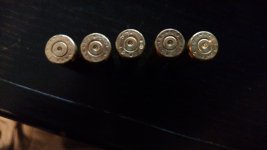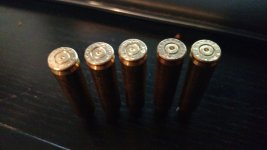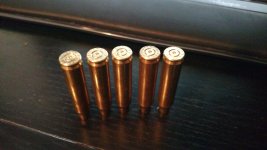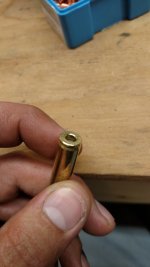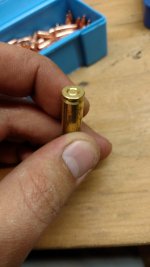First time loading 223. Looks like high pressure but not sure why that would be or if it even is.
LC brass trimmed to 1.747
#41 primer
23gr. H335
Oal of 2.219
Medium lee factory crimp
Tell me your thoughts
LC brass trimmed to 1.747
#41 primer
23gr. H335
Oal of 2.219
Medium lee factory crimp
Tell me your thoughts

